Padrão dos Descobrimentos
( Monument of the Discoveries )The Monument of the Discoveries (Portuguese: Padrão dos Descobrimentos, Portuguese pronunciation: [pɐˈðɾɐ̃w duʒ ðɨʃkuβɾiˈmẽtuʃ]) is a monument on the northern bank of the Tagus river estuary, in the civil parish of Santa Maria de Belém, Lisbon. Located along the river where ships departed to explore and trade with India and the Orient, the monument celebrates the Portuguese Age of Discovery (or "Age of Exploration") during the 15th and 16th centuries.
 Inauguration in 1960 with 32 ships of 14 nations.
Inauguration in 1960 with 32 ships of 14 nations.The monument was conceived in 1939 by Portuguese architect José Ângelo Cottinelli Telmo, and sculptor Leopoldo de Almeida, as a temporary beacon during the Portuguese World Exhibition opening in June 1940.[1] The Monument to the Discoveries represented a romanticized idealization of the Portuguese exploration that was typical of the Estado Novo regime of António de Oliveira Salazar. It was originally constructed as a temporary construction, located in the Praça do Império as part of an urban renewal project favoured by minister Duarte Pacheco, but with the resistance of Cottinelli Telmo.[1] Yet, by June 1943, the original structure was demolished after the exposition as there was no concrete formalization of the project.[1][2]
On 3 February 1958, in decree No. 41-517, the government, through the Ministério de Obras Publicas (Ministry of Public Works), the Overseas Provinces and the Câmara Municipal of Lisbon, promoted the intent to construct a permanent Monument to the Discoveries.[1] Between November 1958 and January 1960, the new monument was constructed in cement and rose-tinted stone (from Leiria), and the statues sculpted from limestone excavated from the region of Sintra.[1] The new project was enlarged from the original 1940 model as part of the commemorations to celebrate the fifth centennial of the death of Infante Henry the Navigator.[1]
Although the project was based on Cottinelli Telmo's plan, he was replaced after his death by António Pardal Monteiro (as primary architect), and stability studies were completed under the direction of engineers Edgar Cardoso, Ruy Correia and António Franco e Abreu.[1] The interior plan was executed by António Pardal Monteiro, who also worked with Cristino da Silva to plan the monumental square. The northern part of the property was completed by the firm Pardal Monteiro, while the southern area was completed by José Raimundo.[1] The sculptures were modeled by Leopoldo de Almeida, with the assistance of sculptors Soares Branco and António Santos, using models by António Cândido and Carlos Escobar (under the direction of António Branco and Alfredo Henriques).[1]
Inaugurated on 9 August 1960, it was one of several projects nationwide that were intended to mark the Comemorações Henriquinas (the celebrations marking the anniversary of the death of Henry the Navigator).[1][3] Yet it was not completely finished until 10 October 1960, being transferred to the responsibility of the Administração Geral do Porto de Lisboa (General Administration of the Port of Lisbon). Although in 1962, an accord was signed with the Câmara Municipal of Lisbon to transfer its title, between 1960 and 1979 nothing was done with the monument.[1] A document (Despacho No.57/P/79) published in the municipal journal (No. 13260, 5 November 1979) advanced the city's intention to produce a permanent exhibition, but it was only in 1985 that public works completed the cultural centre (Portuguese: Centro Cultural das Descobertas) which inaugurated public access to the top of the structure, in addition to creating spaces for an observation deck, auditorium and hall for exhibitions. In April 2003, the management of the Padrão dos Descobrimentos was placed in the custody of the public company Gestão de Equipamentos e Animação Cultural (EGEAC, E.E.M.).
 The Monument to the Discoveries seen from the Tagus.
The Monument to the Discoveries seen from the Tagus.



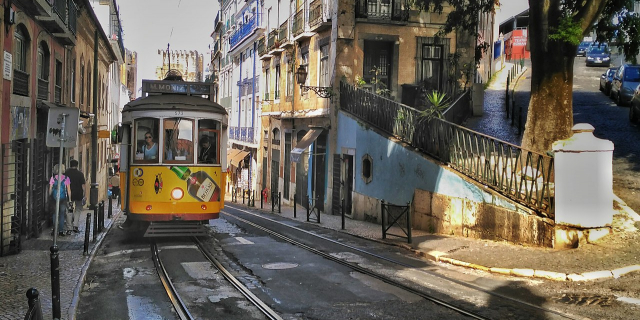


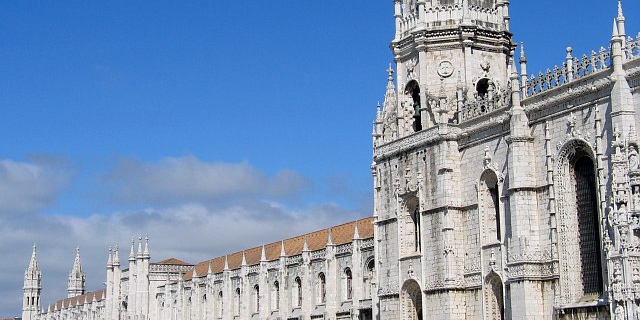

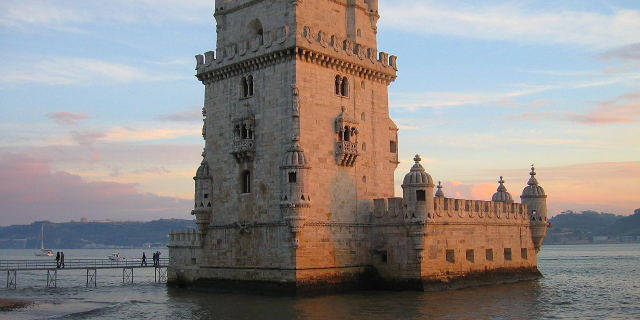






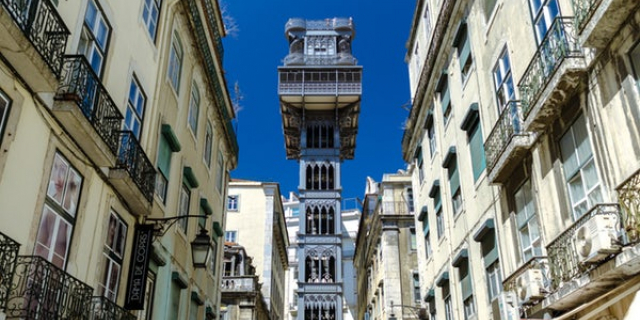



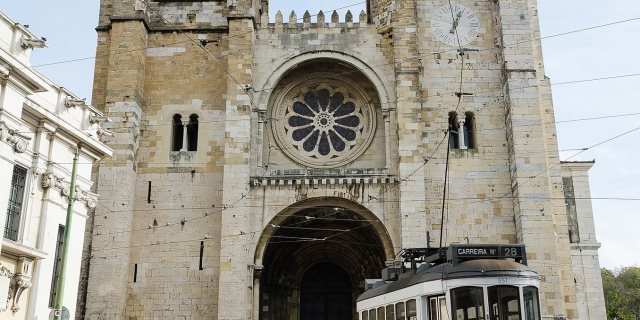
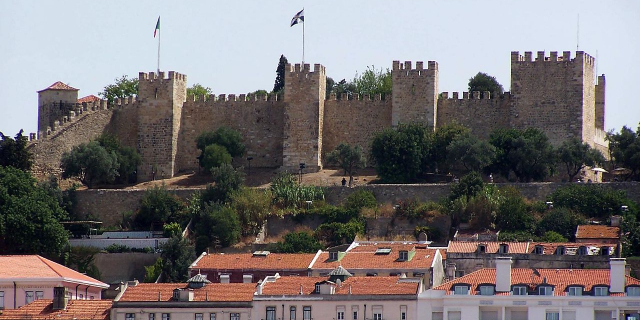
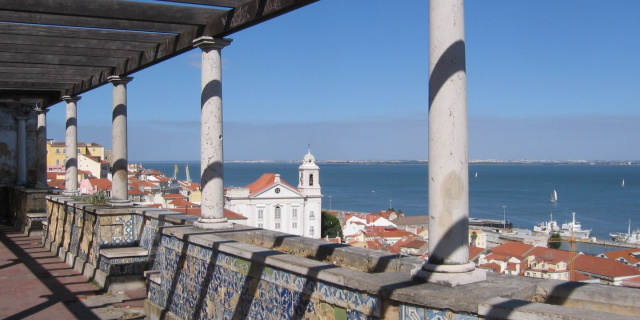


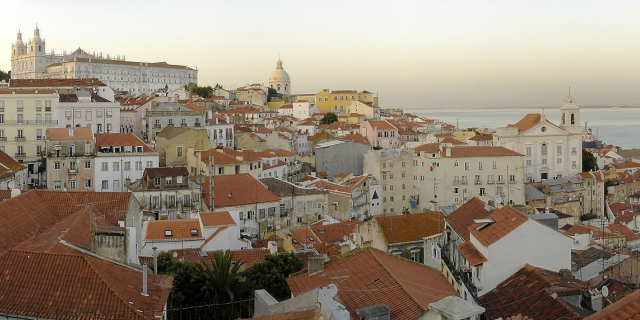




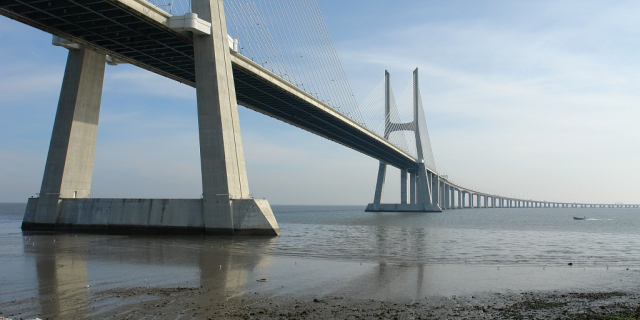

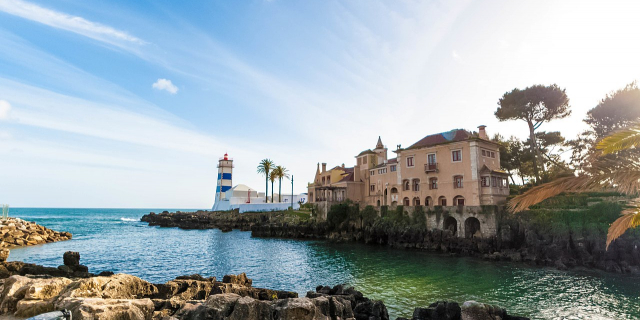


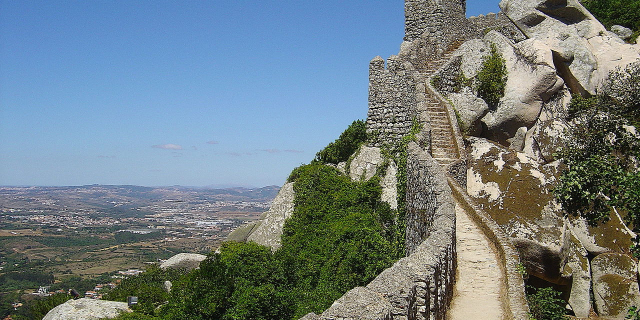
Add new comment